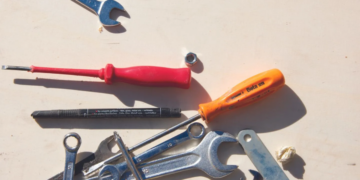It’s been revealed that President Donald Trump has been diagnosed with a chronic health condition which has been affecting his veins, causing swelling in his hands and legs.
Speculation has been growing for a while
People started asking questions about Trump’s health after he appeared with bruised hands back in February.
At the time, the White House brushed it off, with Press Secretary Karoline Leavitt saying that the bruised hand was simply a symptom of ‘frequent handshaking’.
But Trump’s bruises kept reappearing
Speculations around the president’s health have been growing ever since, as the 79-year-old has been photographed multiple times with bruised hands and swollen ankles.
After undergoing medical testing, Trump has finally received a diagnosis.
He has chronic venous insufficiency
In a press conference on Thursday, July 17, Leavitt revealed that the president is suffering from a benign and common condition called chronic venous insufficiency.
She explained that he had undergone multiple medical tests to examine and determine the cause of the swelling and bruises.
Leavitt further explained what happened
“The president underwent a comprehensive examination, including diagnostic vascular studies,” Leavitt told reporters.
“Bilateral lower extremity venous Doppler ultrasounds were performed, and reformed chronic venous insufficiency, a benign and common condition, particularly in individuals over the age of 70.”
His lab work came ‘within normal limits’
The Press Secretary added, “Importantly, there was no evidence of deep vein thrombosis or arterial disease.”
She also shared that the president had gotten further lab work done, saying, “All results were within normal limits.”
Chronic venous insufficiency affects the heart
This condition happens when veins in the leg become damaged and impact the flow of blood to the heart, according to Cleveland Clinic.
The clinic adds that symptoms of chronic venous insufficiency include swelling in the lower legs (edema), varicose veins, discolored skin, and a heavy or full feeling in the legs.
The condition affects people over 50
The risk of being impacted by chronic venous insufficiency increases with age, with it typically affecting people over the age of 50.
Treatment for it revolves around improving blood flow from the legs, and can involve anything from wearing compression socks to undergoing surgery.


















































